I Traveled to the Most Remote Place on Earth—Here’s What Happened
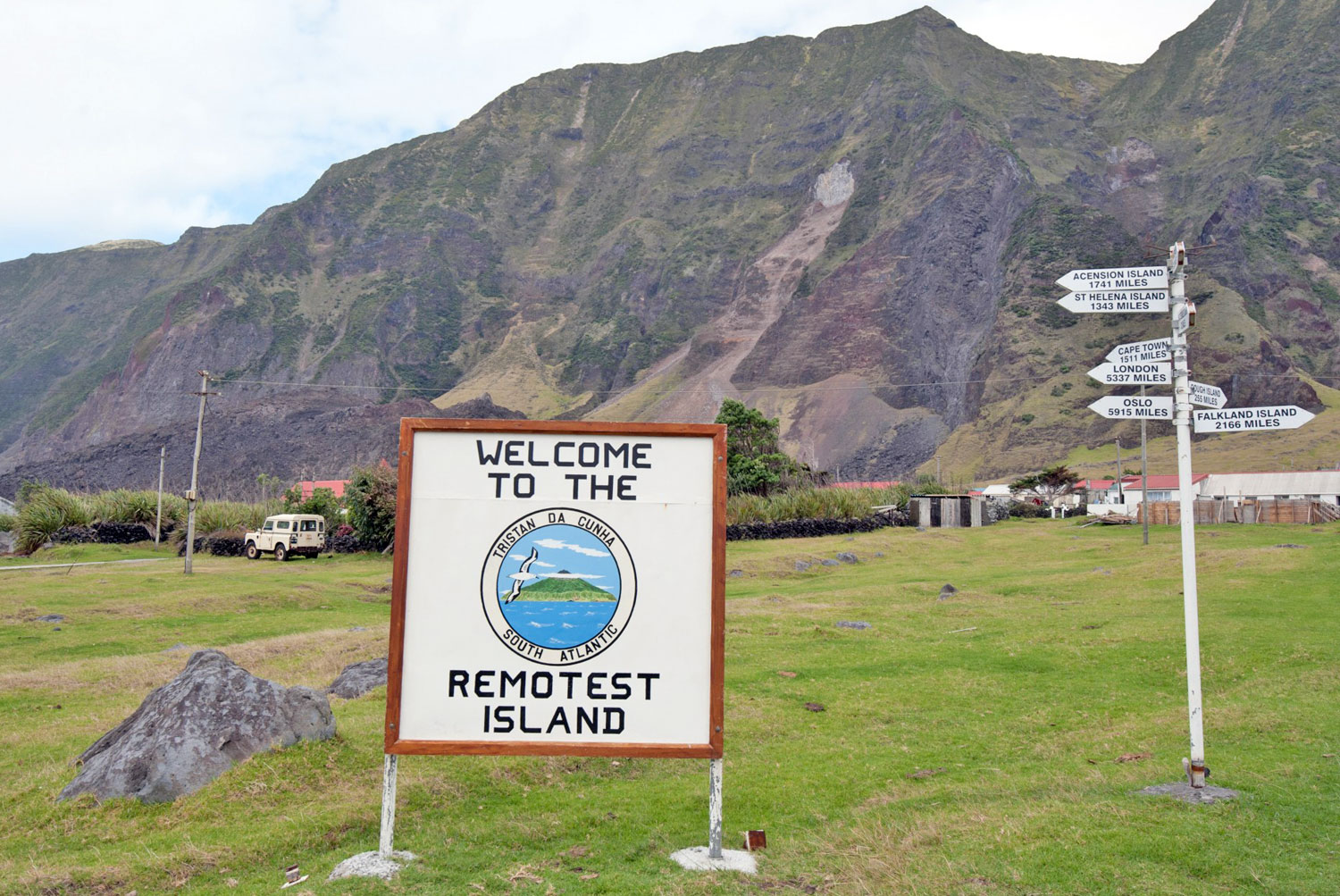
Traveling to remote places is an adventure like no other. Far from the crowds, fast-paced lifestyles, and daily routines, these distant corners of the earth promise experiences that are untouched, pure, and full of mystery. In this post, I’ll share my journey to one of the most remote places on earth—a trip that tested my endurance, gave me unmatched peace, and changed how I view the world.
What Is Considered the Most Remote Place on Earth?
While there are many isolated places on our planet, few hold the unique combination of inaccessibility and pristine nature like Tristan da Cunha, the loneliest island in the world, and Bouvet Island in the South Atlantic Ocean. For this journey, I ventured to Tristan da Cunha, a tiny volcanic island located 1,500 miles from the nearest continent. The island is home to fewer than 300 people and is accessible only by a week-long boat journey from South Africa.
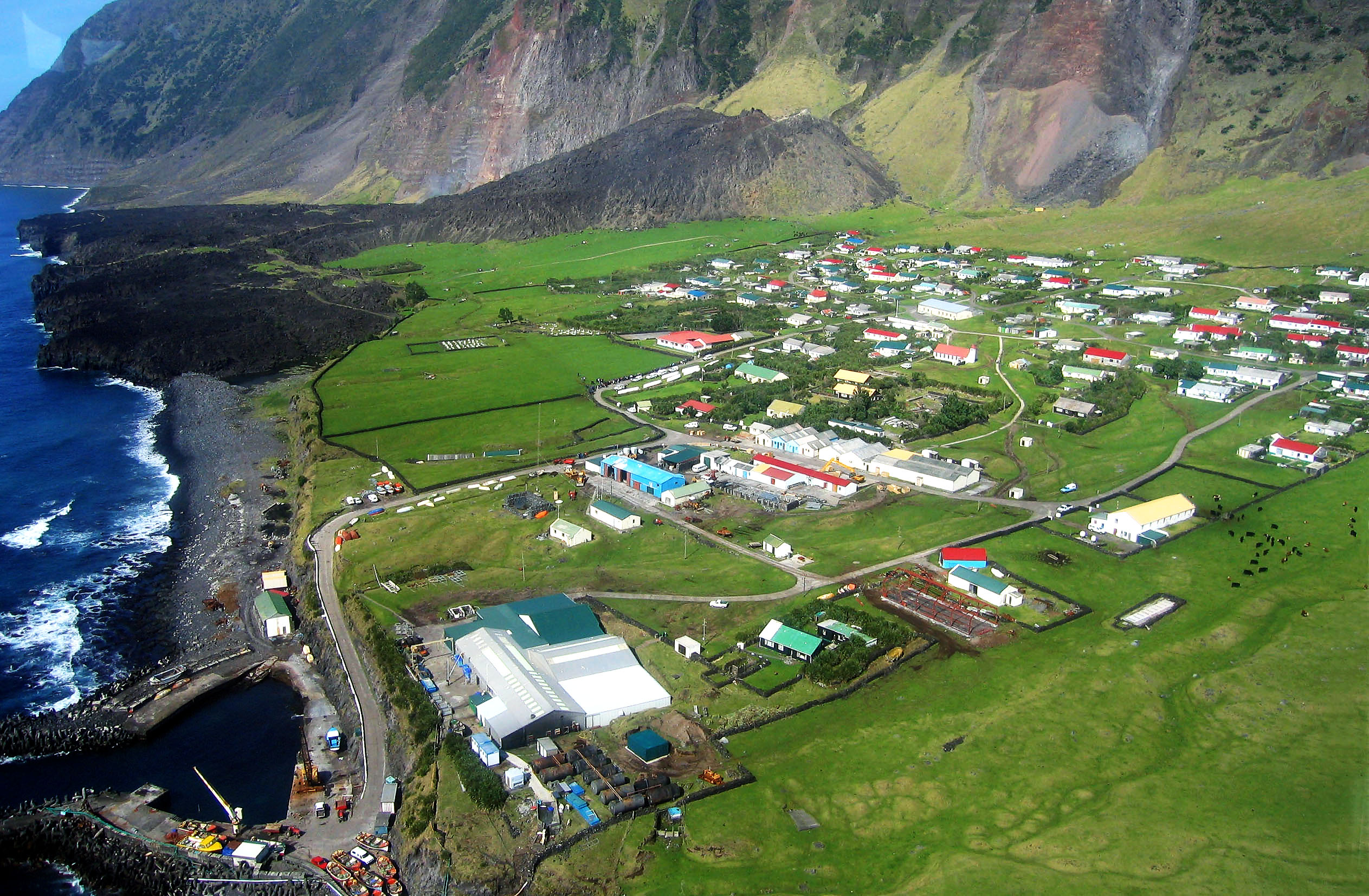
Why I Decided to Visit Tristan da Cunha
My goal was to experience a place far removed from the modern world—a place where the internet, mobile networks, and supermarkets don’t exist. Tristan da Cunha offered all that and more. I wanted to meet people who live isolated from the chaos of city life and to understand what it feels like to be cut off from the world.
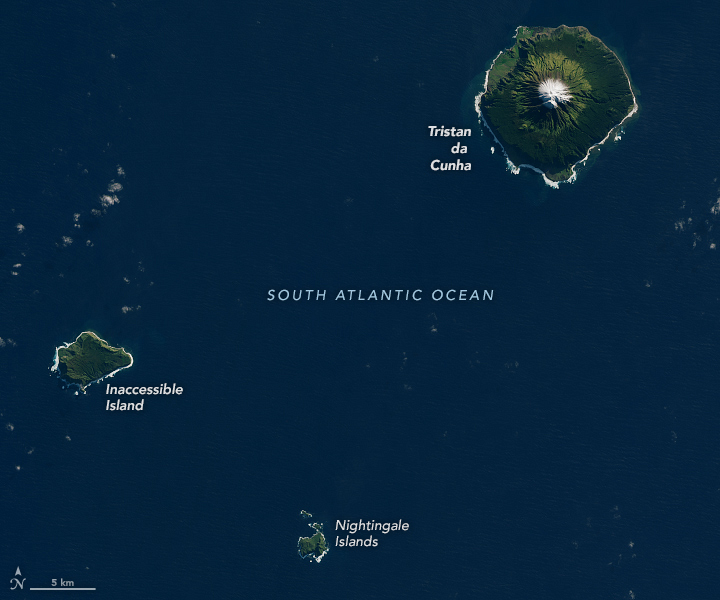
Preparing for the Journey
Traveling to a place like Tristan da Cunha requires careful planning. There are only a handful of vessels that travel there each year, and there’s no airport. I spent months preparing, which included securing a permit, gathering essentials for survival, and mentally preparing for complete disconnection. Knowing I wouldn’t have Wi-Fi or cell service for weeks was both daunting and exciting.
Packing Essentials
For a journey to such a remote location, I prioritized essentials like warm clothing, waterproof gear, first-aid supplies, portable power sources, and a satellite phone for emergencies. Food supplies were also crucial, as the island’s resources are limited.
The Journey Begins: Sailing for Days on the Open Sea
The voyage to Tristan da Cunha took a full seven days over open ocean. This part of the journey was physically and mentally challenging. With no landmarks in sight, just endless water, the isolation began to set in, giving me a sense of how remote Tristan da Cunha really is. The boat was small, and the waters of the South Atlantic were rough. The first few days were difficult, but gradually, I adapted to the rhythm of the ocean.

Experiencing Nature Like Never Before
On this trip, I encountered marine life like dolphins, albatrosses, and even whales. The vast, unbroken expanse of the sea made me realize how small I am in comparison to nature’s vastness.
Arriving at Tristan da Cunha: A Step Back in Time
Upon arrival, the sight of Tristan da Cunha’s volcanic landscape was breathtaking. Green slopes, towering cliffs, and rugged coastline greeted me. The island’s main settlement, Edinburgh of the Seven Seas, looked like a village lost in time. The welcoming local population made it easy to feel at home, sharing stories about life on the island and their connection to the land.
What Life Is Like on Tristan da Cunha
Life on Tristan da Cunha is unlike anything I’d experienced before. The community is close-knit, with everyone knowing each other. Since they rely on each other for everything, the sense of camaraderie and cooperation was heartwarming. Here are a few notable aspects of life on the island:
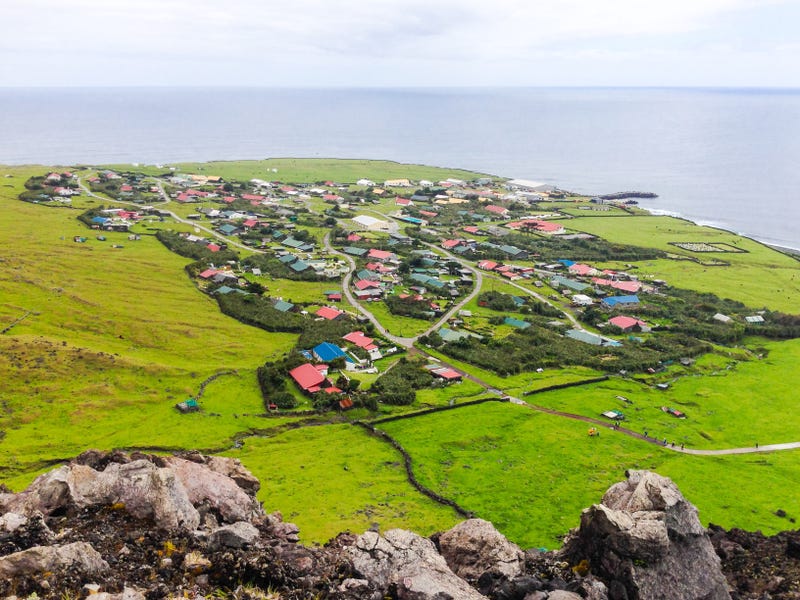
- Self-Sufficiency: The people of Tristan da Cunha grow their own vegetables, fish in the surrounding waters, and raise livestock. There are no stores as we know them, and everything is used carefully to avoid waste.
- Limited Technology: There is no Wi-Fi on the island, and only a few homes have access to satellite internet. Most of the communication is done face-to-face, making it a refreshing change from constant notifications.
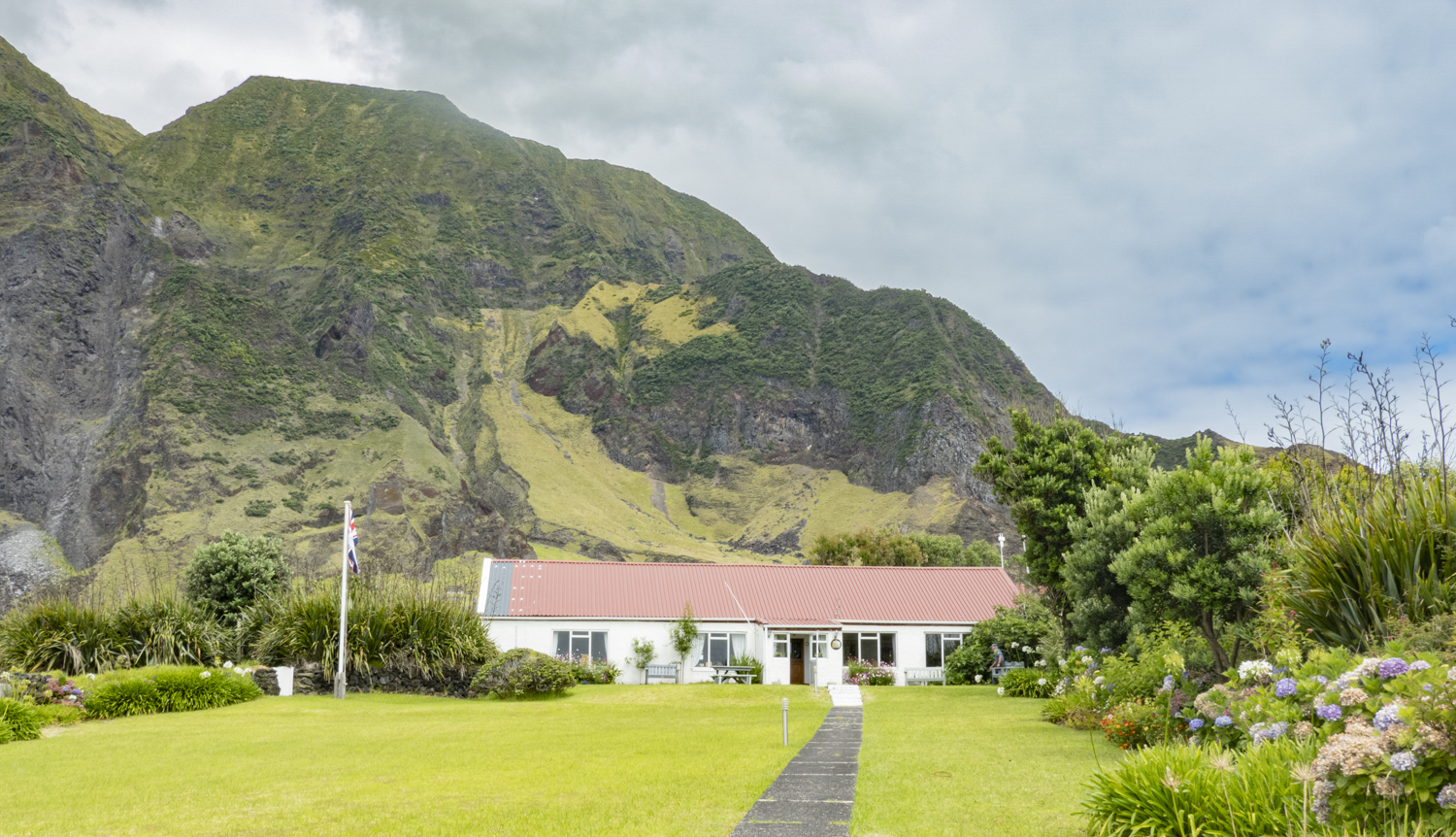
- Natural Beauty and Biodiversity: Tristan da Cunha’s landscape is raw and beautiful. The island is home to unique flora and fauna, including the endangered Tristan albatross. Hiking to the island’s volcanic peaks gave me panoramic views of the ocean and a deeper respect for the natural world.
Challenges of Life in Isolation
Living in one of the world’s most remote places comes with its challenges. The weather is often unpredictable, with strong winds and frequent rain. Medical emergencies are a significant concern since the nearest hospital is hundreds of miles away. People here are used to being self-reliant and resourceful, and they understand the risks involved in such an isolated life.
Lessons Learned from the Journey
This journey taught me the value of slowing down and disconnecting from modern technology. The people of Tristan da Cunha live a life of simplicity, rooted in nature and community. Their contentment reminded me that happiness isn’t always found in possessions or accomplishments, but in meaningful relationships and a strong connection to the world around us.
How to Visit Tristan da Cunha
If you’re inspired to visit Tristan da Cunha, here are a few tips:
- Plan Well in Advance: Permits, travel arrangements, and packing require preparation. Trips are usually only possible between October and March due to weather conditions.
- Expect Limited Amenities: Be prepared to live with minimal resources. Basic items we take for granted, like fresh produce and internet access, are scarce.
- Embrace the Isolation: Visiting Tristan da Cunha is a unique opportunity to experience life unplugged. Be open to connecting with locals and immersing yourself in nature.
Final Thoughts: The Transformative Power of Remote Travel
Traveling to a remote place like Tristan da Cunha opened my eyes to the beauty of isolation, the strength of community, and the value of simplicity. This journey reminded me that stepping away from the hustle and bustle of modern life can bring clarity, peace, and a profound appreciation for the world we often take for granted.
Related Articles:
- 10 Remote Destinations to Visit for the Ultimate Adventure
- How to Travel Off the Grid and Connect with Nature
- The Top 5 Most Isolated Islands in the World
- News & Updates
- Travel Destinations
- Maldivian Tourism
- Healthcare & Wellness
- Lifestyle
- Personal Stories & Experiences
- Sports
- Water Sports & Adventure
- Accommodation & Stays
- Outdoor Activities
- Local Culture & Heritage
- Spa & Wellness
- Transportation
- Other
- Fishes and Marine Species


